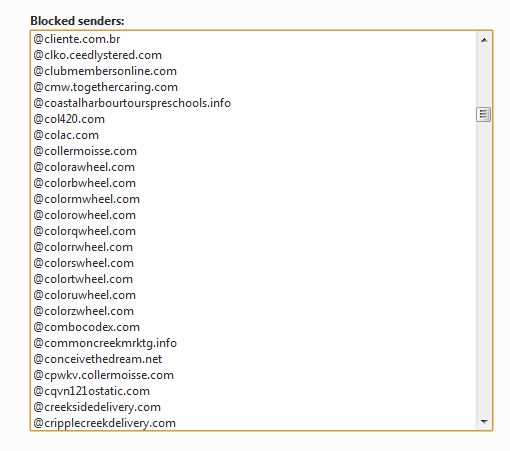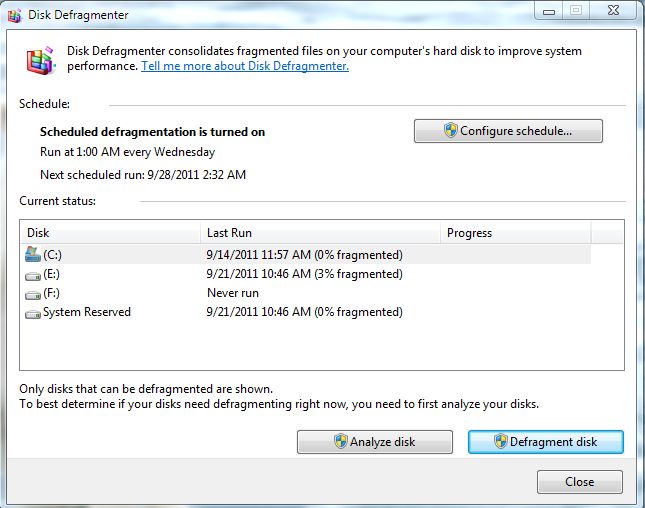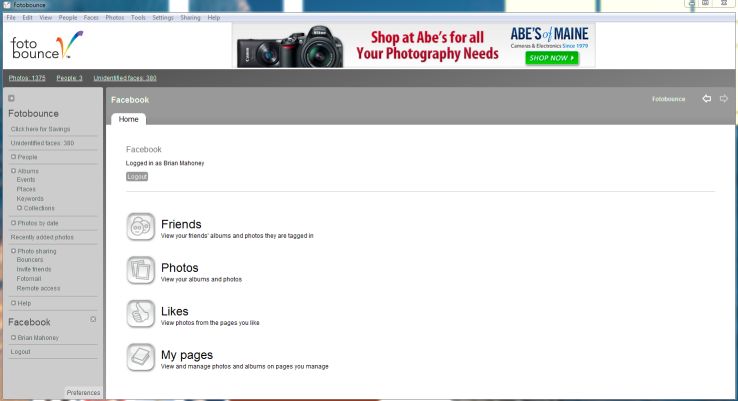Dropbox has been around for a while and I’ve talked about it in a previous post. Basically, it’s a folder ‘in the cloud’ where you put files in order to access them from anywhere on the Internet. The files in your Dropbox are also on your computer, too. You don’t need the Internet to access them, you just need the Internet to synch the files on every computer you use.
Dropbox is free, at least the 2 gigabyte version is, and secure. Larger storage options are available at extra cost.
Here are six reasons that you should be using Dropbox if you aren’t already:
1. Security against your own mistakes. Dropbox stores old versions of your files on its servers. If you accidentally delete part of a document and then accidentally save it (don’t roll your eyes! It happens! hahaha), you can head to your online Dropbox vault and retrieve an old, pre-screwup version of your document. I keep copies of all of my writing in my Dropbox, just in case.
2. Security against prying eyes on your own computer. If you have sensitive files on the computer that you share with your family, lock your Dropbox and your files are safe. Hey, I’m not saying you do have, ahem, those kind of files but most of us do.
3. While you should be doing backups on a regular basis, using your Dropbox for your documents, essays, or family photos means that you have them saved somewhere other than on one of your computers. If the hard drives fails, at least you’ve got some of your irreplaceable files safe and sound in your Dropbox.
4. Dropbox is far more secure and easier to access than a flash drive. Sure, you can buy flash drives that are secure, encrypted, fireproof, waterproof or bomb-proof but are they loss-proof? If your Dropbox account is secured with a good password that you change at frequent intervals, it’s hard to ignore the fact that it’s better than a flashdrive for your files.
5. You can travel anywhere in the world and access Dropbox. You don’t have to carry anything with you, not even your computer. No flash drives, no discs, no nothing. Two gigs of storage for free that you can get at if you have an Internet connection.
6. Share files with people all over the world using your Dropbox. Details are in the Dropbox setup but, basically, you create a public folder and lock it with a password then send a link via email to one or more people. They can then access whatever files are in that public folder, be it a video, music files or simple documents.
If you’re not using Dropbox, get off your butt and sign up now. I’m not affiliated with Dropbox in any way. I just like the concept and couldn’t do the things I do without it.
Thanks for reading. Comments, screams, boos, cheers are welcome. Follow me on Twitter : @_BrianMahoney








